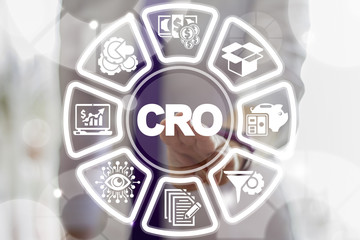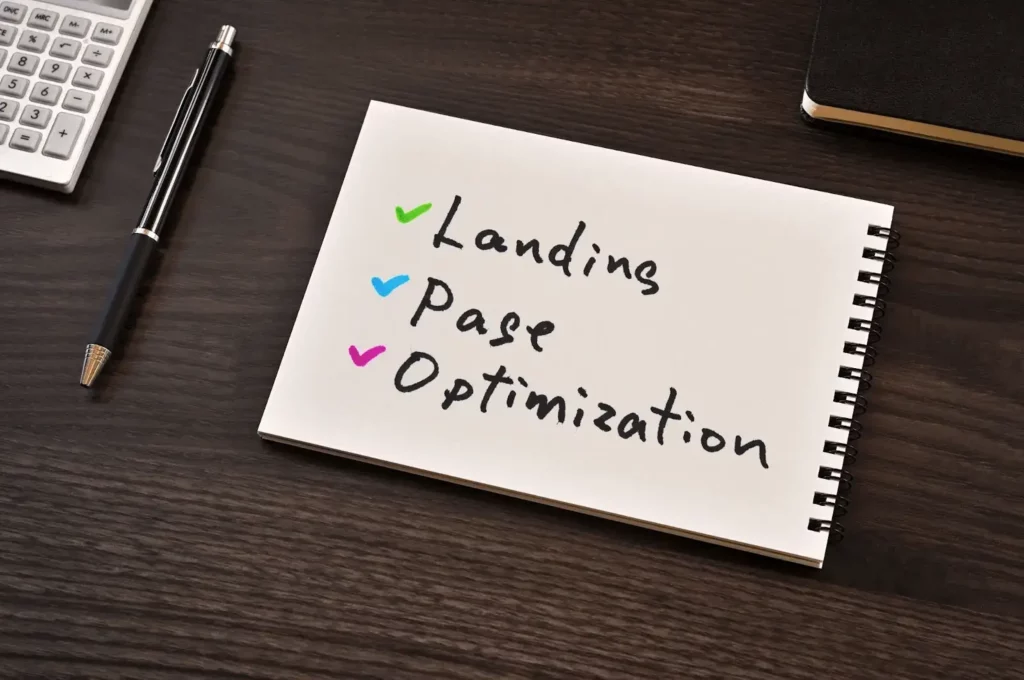What is PPC for Local Businesses?
PPC advertising is where you are paying a fee every time someone clicks on your ad. Basically, it is a pay-to-play method of driving traffic to your site instead of having that reach be earned organically. The most widely used PPC platform is Google Ads. Although Bing Ads and social networking sites like Facebook and Instagram are also viable choices.
Why is it important to have Local PPC?
Having Local PPC is crucial for small and medium enterprises targeting clients from particular regions. It targets very well, is cheap and the outcome can be obtained in a short while. Through concentrating on neighbouring searches, you are able to outshine bigger stores.
Refining Your Targeting
PPC’s exceptionally precise targeting is what makes it so wonderful. Unlike traditional advertising, you may target customers according to where they are. Here’s how to narrow down your target even further for the best results:
Target by Radius: Create a virtual fence around your service zone to ensure that only users searching within that radius see your adverts. This eliminates unnecessary clicks and helps you stay within your budget.
Goal according to Zip Code: Focus on certain zip codes that contain homes belonging to your potential clientele to be even more specific. If your service region includes several towns or cities, this is really useful.
Use Location Extensions: include location extensions in your ads. These contain your address and phone number. This means potential customers can easily get to you by just one click.
Keywords: Choosing the Right Battles
Keywords are the Crux of PPC campaigns.These are the terms users type into search engines. Choosing the proper key phrases will mean that your adverts tend to show up each time somebody is searching for what you do.
Target Local Keywords: It can be all too tempting to go after broad, generic keywords that turn into wasted clicks. Target local keywords with city or region. This means that instead of relying on “plumber”, you should be targeting either “emergency plumber near me” or, “plumber [your city]”.
Use Long-Tail Keywords: Long-tail keywords are advantageous as they tend to have less competition because they refer to a narrower search intent. Target phrases like “best bakery for birthday cakes [your city]” to attract customers with higher purchase intent.
Keyword Research Tools: Numerous keyword research tools, both free and paid versions are available to find out the appropriate keywords on basis of search volume and competition level. You can then prioritize high-performing keywords, which bring good return on investment (ROI).
Write Good Ad Copy: Get the Click and a Higher Conversion Rate
In other words, your ad copy is your first impression. It should be clear, concise and persuasive in order to engage the reader into clicking it. Here are some tips:
Showcase your USP (Unique Selling Proposition): What makes you different from the competition? Do you have a same-day service, free consultations or a loyalty program? Demonstrate your unique selling proposition to differentiate yourself.
Focus on Benefits: Instead of just listing features, explain how your products or services benefit the customer. For example, “fast and reliable plumbing services” versus just ‘plumbing.’
A Call to Action (CTA): This one is super simple, don’t be shy and tell your users what you want them to do… visit a website / call for a quote / book an appointment. It is the thumb rule in landing page copywriting to deliver a compelling and clear CTA that encourages action.
Landing Pages: Seamless Transition from Click to Conversion
Your landing page is where potential customers arrive after clicking your ad. Ensure a smooth transition and maximize conversions by:
Relevancy: You need to ensure that the content on your landing page corresponds in a satisfactory manner with the ad copy. Your ad might be targeting someone searching for, say “emergency plumbing services,” so you need to have easy contact info + clear emergency response time
Mobile Friendliness: Local searchers are more frequently on mobile devices than desktops, so make sure your site is easy to use and formatted for a smaller screen. Your landing page should be mobile-friendly and provide a smooth experience for the customers on any device.
Provide a Clearly Defined Value Proposal: Summarize the advantages of utilizing your service in brief and include obvious calls to action, like booking or contact forms.
Bids and Budgets: Getting the Most From Your Investment
Local businesses need to get a handle on their budgeting efforts. Some tips to get more out of your PPC budget:
Start Small and Scale Up: Invest small amounts first, test it and then scale up. Once you know what works best, increase your investment incrementally as you grow more confident.
Utilize Bid Strategies: Allow Google Ads, or other PPC platforms to automatically adjust your bids according to conditions such as user intent and conversion probability. This will allow you to better stay competitive while maximizing your budget.
Monitoring performance and adjustments: Make sure to track the progress of your campaign on a regular basis. Check CTRs, conversion rate and costs in order to see where you need improvements. Adjust your targeting, keywords, or ad copy based on your findings.
Beyond the Basics: Advanced Strategies for Local Success
Users who have previously interacted with your website or advertisements are reached by retargeting marketing. By doing this, you can stay in their thoughts and persuade them to convert during their next visit.
Local Inventory Ads (LIAs): If you have a physical store, LIAs can be pretty awesome. This makes your local product inventory viewable alongside your ad. This optimises the probability to show a potential customer what is available and persuade them inside.
Test and Experiment: Don’t hesitate to try out various practical ways, appeals, and arrival portal layouts. Utilizing A/B trials, you get to know which one rhymes with your audience since different people respond differently to stimuli. Thus, improving the efficiency of your operations (campaigns, branding).
Common Pitfalls and How to Avoid Them
Disregarding Mobile Users: An increasing number of users are searching/looking up online on mobiles. Make your ads and landing pages mobile-friendly.
Negative Keyword Ignorance: Negative keyword ignorance might result in pointless clicks and lost revenue.
Bad Ad Scheduling: Insult to injury is not showing your ads when more of those people are most likely active. Use performance data to adjust your ad schedule.
Conclusion:
For small and medium businesses, local PPC is highly effective. One can achieve great results if they target the correct keywords, manage their display network and monitor their campaigns on a regular basis.
If you want to further your improvement, consider employing the help of Luavo Tech! We offer a range of services plus deliver digital marketing solutions that are specially made to boost online visibility and produce better company results. So contact us today and get started!





